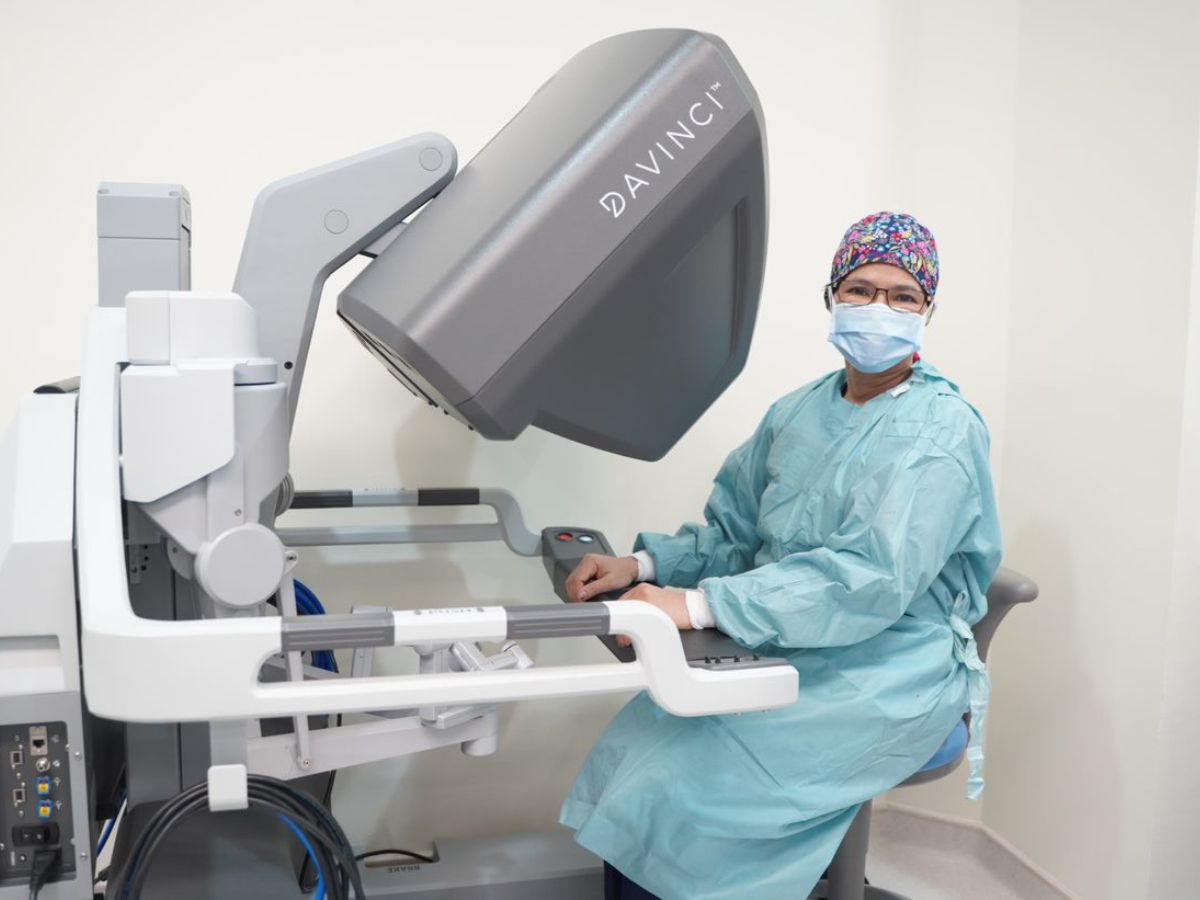Endometriosis, a complex gynecological condition, impacts an estimated 10% of women in their reproductive years worldwide. Despite its prevalence, the understanding and awareness of this disease remain somewhat elusive, due to its intricate nature and the vast array of symptoms that it may present. In this post, we will take an in-depth look into endometriosis, its origins, and indications.

Endometriosis arises when the endometrium—the tissue lining the uterus that is expelled during menstruation—starts to grow outside the uterus. This aberrant growth, often occurring on the ovaries, fallopian tubes, and the pelvic lining, continues to thicken, break down, and bleed with each menstrual cycle. As there’s no outlet for this tissue to exit the body, it results in inflammation, pain, and various complications, including potential infertility.
The exact cause of endometriosis remains a mystery; however, it is likely the result of an interplay of genetic, environmental, and lifestyle influences. One of the primary theories, known as retrograde menstruation, proposes that some endometrial cells flow backward through the fallopian tubes during menstruation, implanting and growing on other organs. Not all women who experience retrograde menstruation develop endometriosis, indicating that factors such as immune system response or hormonal imbalances may also play a role.
The manifestations of endometriosis can be diverse and varied, making diagnosis challenging. While some women may experience excruciating pain, others might feel minimal discomfort. The commonly observed symptoms include
- Painful Periods
- Pain during or after sex
- Chronic Pelvic Pain
- Diarrhea or constipation, especially during menstruation.
In some cases, women only discover they have endometriosis when they have difficulty getting pregnant, as the condition can interfere with ovulation and fertilisation.
Treatment for endometriosis also varies depending on individual circumstances, including the severity of symptoms, the woman’s age, and her desire to have children in the future. Pain medications, hormone therapy, and surgical procedures are common approaches. Emerging research also highlights the importance of lifestyle modifications in managing endometriosis. Regular exercise, a balanced diet rich in fruits, vegetables, and whole grains, and stress management techniques can all contribute to reducing symptoms.
While the impact of endometriosis can be daunting, it’s important to note that there are several management strategies available that can significantly improve the quality of life for those affected. We will dive deeper into how doctors manage endometriosis both medically and surgically in our next blog post. In the upcoming piece, we’ll explore various treatment options, including medications, surgical interventions, and lifestyle modifications that can help manage the symptoms and potential complications of endometriosis.
So, stay tuned for our next post if you’re interested in understanding the comprehensive treatment landscape of endometriosis. We hope to equip you with the knowledge and tools to navigate this challenging condition more effectively.




